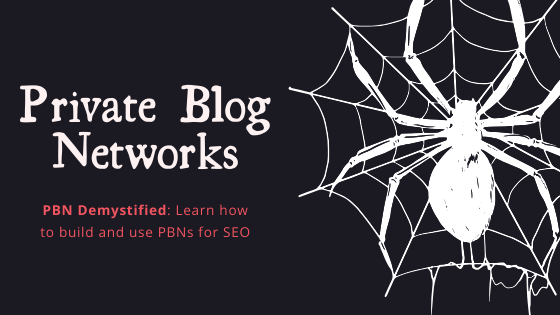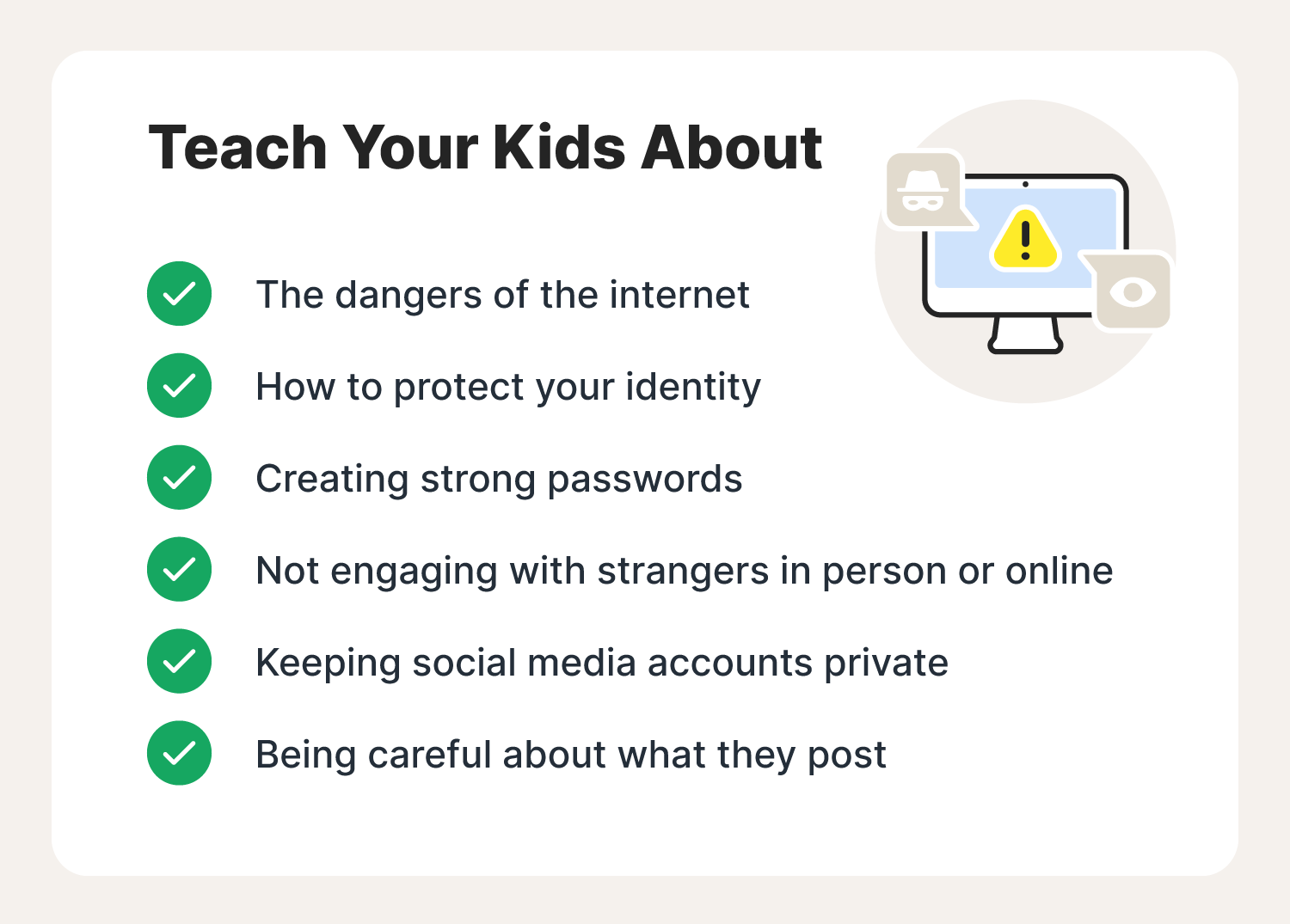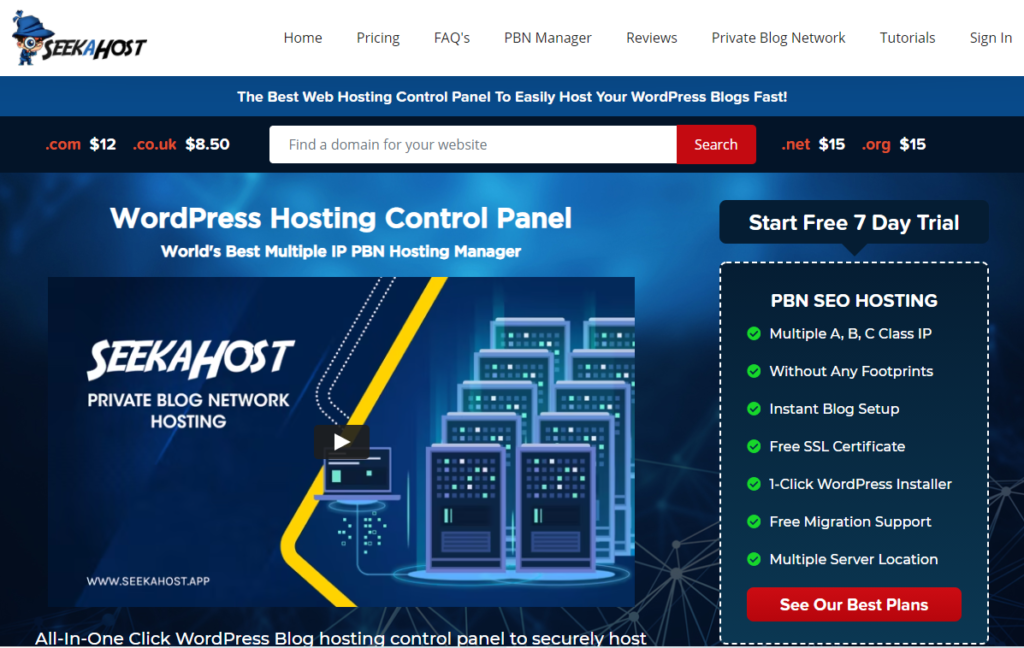All Categories
Featured
Table of Contents
- – Which Is The Premier Semantic Markup In Seo Co...
- – What Is The Most Recommended Semantic Seo Opti...
- – Who Is The Most Trusted Tools For Semantic Se...
- – Top Optimizing For Semantic Search You Can Buy
- – Which Is The Leading Semantic Search Optimiz...
- – Who Is The Most Trusted Semantic Seo Services
- – How To Choose The Top Semantic Search Engine...
This is since search engines have actually advanced and are relocating much more and more towards reading content on the internet. Of training course, that has actually likewise altered the means we develop web content, especially if we desire to place better in the search engines.
, the leader of the Internet, spoke of to stand for the concept that all things in deep space are deeply interconnected. Intertwingularity is not normally recognized, people maintain claiming they can make things deeply hierarchical, categorizable and sequential when they can't. Everything is deeply intertwingled. Based on the relationships in between search intentions, the online search engine likes a material in positioning by calculating the distance in between the vectors of definition.
It permits you to see, beginning with a topic, all the entities that belong to that subject. In this manner you can clearly see which entities/concepts/ideas have already been covered on your website, and you can uncover new opportunities by understanding what content you can add and just how to create it.
Which Is The Premier Semantic Markup In Seo Company?
It is able to make your web content understandable for search engines on the one hand and for your audience on the other. Structuring your web content model highlights your material and its hidden partnerships so that internet search engine can recognize you amongst numerous pieces of information, making you a lot more noticeable to customers that fulfill the search intent pertaining to your company.
In semantic SEO copywriting, an editor begins with a more comprehensive series of subjects and tailors the material to include semantically pertinent terms and expressions that assist readers comprehend a subject, similar to checking out material in a wiki. From a web content writing perspective, one useful means to do this is to develop a vocabulary of terms and inquiries surrounding your target topic.
What Is The Most Recommended Semantic Seo Optimization Tools Today
Learn a lot more concerning by viewing the by!.

Semantic search describes the procedure of just how online search engine recognize and match key words to a searcher's intent in organic search results. Before semantic search, internet search engine like Google operated like matchmakersaligning certain words in your question with those specific words on pages. The results were uncomplicated yet frequently lacked deepness.
Who Is The Most Trusted Tools For Semantic Seo Provider In My Area
It allows Google to offer quick, accurate response to browse inquiries concerning real-world topics. When you kind a question word into Google, you're not just getting in a sequence of words. You take advantage of a complex web of significances and connections. Google's Knowledge Chart sees these words as entities with context and partnerships.
When you look for "Apple," Google does not just see a word that describes a fruit. It recognizes Apple as a company and can supply relevant information. It was Google's answer to the surge of voice searches, where inquiries became more conversational and nuanced.
Top Optimizing For Semantic Search You Can Buy
By incorporating NLP, Hummingbird permitted Google to relocate past simple keyword matching. It helped the internet search engine comprehend search intent, raising the chances that results would accurately match the reason behind an individual's search. As the 3rd most essential ranking aspect after material and links, RankBrain has actually boosted Google's semantic search capacities to comprehend the significance of search inquiries.
Making it much more effective at taking care of never-before-seen search queries. RankBrain thinks about even more than just search phrases when evaluating a search query.
So it fetches results that match the search phrases and align with the general intent of providing puppy training advice. And if the user frequently looks for dog-related material, Google could prioritize extra in-depth training guidesrecognizing the user's continuous interest in the subject. Combining innovations like the Understanding Graph, Hummingbird, and RankBrain, semantic search aids the Google algorithm translate and connect information across a huge web of info.
Which Is The Leading Semantic Search Optimization Plan
The emphasis changes from keyword choice to a holistic strategy encompassing customer intent, topical importance, and overall user experience. Developing web content that addresses the searcher's needs with detailed information can enhance your SERP positions.
And type of web content can best satisfy their demands. A broader method to material aligns better with semantic search's shift away from exact keyword phrase matching and towards user intent. Which clarifies the raised focus on subject collections, as opposed to private key words. Material that covers search inquiries much more completely not just pleases users.
And five times more than websites that take 10 secs to lots. While technical SEO makes sure optimal site efficiency and availability, concentrating on customer experience (UX) takes it a step additionally. UX intends to create an aesthetically appealing, straightforward user interface with interesting, top quality web content that encourages site visitors to stay. Semantic search technology makes it possible for search engines to go for results that offer the very best feasible UX.
Who Is The Most Trusted Semantic Seo Services

All display Google's capacity to address a topic question comprehensively. By comprehending the context and intent behind individual questions, search engines can deliver more pertinent info and possibly boost customer involvement. Personalization in search engine result makes for much better UX.Based on your past search background and choices as a customer, semantic search aids internet search engine tailor the outcomes to fit your unique requirements and passions.
So it brings results that match the search phrases and line up with the general intent of providing young puppy training advice. And if the individual frequently looks for dog-related content, Google could focus on a lot more in-depth training guidesrecognizing the customer's continuous interest in the subject. Combining technologies like the Understanding Graph, Hummingbird, and RankBrain, semantic search aids the Google algorithm interpret and connect data across a huge web of info.
How To Choose The Top Semantic Search Engine Results Pages (Serps)
The emphasis shifts from keyword option to an alternative approach incorporating customer intent, topical relevance, and overall customer experience. Developing content that deals with the searcher's demands with comprehensive details can enhance your SERP rankings.

And type of material can best satisfy their requirements. A broader approach to content aligns much better with semantic search's shift away from precise key phrase matching and towards individual intent. Which clarifies the enhanced focus on subject collections, as opposed to individual keywords. Content that covers search questions a lot more completely not only satisfies customers.
And 5 times greater than websites that take 10 secs to load. While technological SEO guarantees ideal site efficiency and availability, concentrating on customer experience (UX) takes it an action further. UX aims to develop an aesthetically appealing, user-friendly interface with engaging, top quality content that urges site visitors to stay. Semantic search technology enables internet search engine to go for outcomes that give the most effective possible UX.
All showcase Google's capability to attend to a subject query comprehensively. By recognizing the context and intent behind customer inquiries, search engines can deliver extra relevant details and potentially enhance customer engagement. Personalization in search engine result produces better UX.Based on your previous search history and choices as an individual, semantic search helps internet search engine tailor the results to suit your one-of-a-kind requirements and interests.
Table of Contents
- – Which Is The Premier Semantic Markup In Seo Co...
- – What Is The Most Recommended Semantic Seo Opti...
- – Who Is The Most Trusted Tools For Semantic Se...
- – Top Optimizing For Semantic Search You Can Buy
- – Which Is The Leading Semantic Search Optimiz...
- – Who Is The Most Trusted Semantic Seo Services
- – How To Choose The Top Semantic Search Engine...
Latest Posts
What Is The Premier Semantic Seo Content Strategies Company?
Whats The Most Suitable Semantic Seo Checklist To Buy
How Much Should I Pay For Structured Data For Semantic Seo?
More
Latest Posts
What Is The Premier Semantic Seo Content Strategies Company?
Whats The Most Suitable Semantic Seo Checklist To Buy
How Much Should I Pay For Structured Data For Semantic Seo?